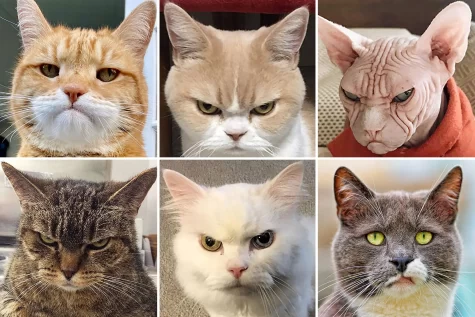How Can We Be More Inclusive?
There are many reasons a student might be diverse, anything that pulls them apart from the norm of the school or the community counts as diversity. Everyone wants to be included in their life, and school is no different. With a diverse student body, there are also various student thoughts. Thoughts lead to actions, and actions lead to more thoughts. Some thoughts and actions might hurt other students. This hurt can lead to more pain. On the other hand, some thoughts and actions can lead to kindness. Kindness can start a chain reaction.
Everyone would love to be treated with kindness. Sometimes the default treatment only includes some. One of the basic forms of kindness is including others. It is a human need to be included. There are many ways to include people. Inclusive language might be one of the most important. Inclusive language shows that diverse people are being thought of and that they are being acknowledged. While it is nice to be included by adults and teachers at school, being included by peers is more developmentally important.
Being excluded or rejected by peers due to the person being diverse can be considered bullying. Bullying can lead to less confident students, mental health issues, dangerous coping mechanisms, and more exclusion in the future. Bullying and exclusion can reinforce socially withdrawn and shy behaviors, leading to more exclusion. When a student is not included they can lose their confidence in themselves. Not having confidence can lead to peers walking over the student, allowing for more bullying. The more severe the bullying, the higher chance that the student develops mental health issues such as depression and anxiety. Having mental health issues can lead to the student reaching out to dangerous coping mechanisms, such as substance use, self-harm, suicidal ideation, etc. All of those coping mechanisms can lead to death.
Thankfully there are ways to include everyone, so this has a smaller chance of happening. Some easy ways to include others are talking to them, making space for them to join the conversation or activity, inviting them into your conversations or activities, using inclusive language, etc. Creating space for others you don’t know or like can be hard, but it is important to your and others’ mental health. Who knows, they might become your new best friend. Inclusive language can be as simple as “us,” “we,” “people,” “class,” by grade level, etc. Some examples of noninclusive language can be “boys” and/or “girls” (not everyone is in this binary!), “mom” and/or “dad” (not everyone has a mom and/or a dad), “boyfriend” and/or “girlfriend” (not everyone is in this binary or might not want/have a partner), etc.
Small changes can make people feel safer, more at home, and more like themselves. It is easy to forget that people are not like you exist, but they do, and it is important to make sure they are included too. Simple changes can also help save a life, let’s take the effort to make that change.
Some of the research found in this article was found in an article from Lynn Mulvey, Kelly, et al. “Causes and Consequences of Social Exclusion and Peer Rejection among Children and Adolescents.”








